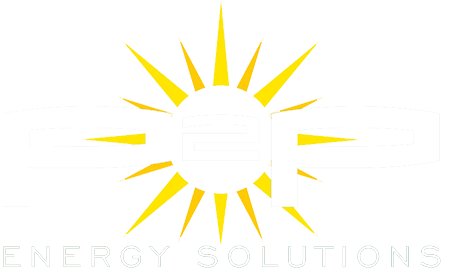From electric cars and trucks to electric airplanes, it’s clear that the world is moving toward electricity to power our future. Climate change and the reduction of greenhouse gas emissions are at the forefront of how we generate that electricity. The next phase of the clean energy transition requires total commitment. Floating offshore wind (FOW) could play a major role in a clean energy supply. This cutting-edge technology will uncover new possibilities for wind power locations. The sector is expected to grow worldwide from approximately 100 MW today to 10 GW in 2030 and 250 GW in 2050.
The Europeans lead the global market for FOW as they are responsible for approximately three quarters of the 50 plus projects currently underway. The National Renewable Energy Laboratory (NREL) in Golden, Colorado was awarded $6 million from the US Department of Energy to further the advancement of FOW projects in the US. NREL is partnering with the University of Colorado at Boulder to accomplish those goals.
So, what’s the benefit of a FOW turbine compared to the traditional turbines we see on land (onshore) or at sea (offshore)? The current technology requires wind turbines to be anchored to the ocean floor (fixed bottom) limiting where they can be placed. The maximum water depth for offshore turbine installation is approximately 200 feet. In this regard, the FOW turbine is a game changer. Although there are a wide range of different technologies, they all use the same concepts. FOW uses huge floating ballasts which are anchored to the ocean floor with cables – creating a stable floating platform capable of withstanding hurricane force swells.
Ok so why is this a game changer? Power baby, and plenty of it! The open ocean environment creates a much stronger and consistent wind flow as there are no obstructions. This open environment also allows for much larger and more powerful turbines than their traditional onshore counterparts. Each of the three turbine blades are larger than a commercial Airbus 380 airliner – doubling the electric output. The generating capacity of utility-scale offshore wind farms are now approximately at the same level as coal, natural gas and nuclear power plants.
Most of the FOW turbine can be manufactured on land and assembled at sea. The floating anchor system makes the installation less intrusive and environmentally friendlier than current offshore turbines whose fixed-bottom coastal locations intrude on sensitive marine life.
The world’s oceans contain 80% of the entire wind energy resources on planet earth. This vast footprint provides endless locations to install these floating windfarms. Estimates tell us that as technology evolves and we move toward FOW optimization, we could generate 420,000 TWH of clean energy – equivalent to 18 times earth’s current daily electricity use – in one day. That’s a game changer!
Who We Are
P2P Energy Solutions is an Energy Advisory and Consulting firm specializing in procuring and trading energy on behalf of our customers located in deregulated markets.
At P2P Energy Solutions, our mission is simple – to educate all energy consumers regarding the benefits of energy deregulation and the positive impact that choice has on them. We give you, our client and most valuable asset, the “Power 2 Profit.”

